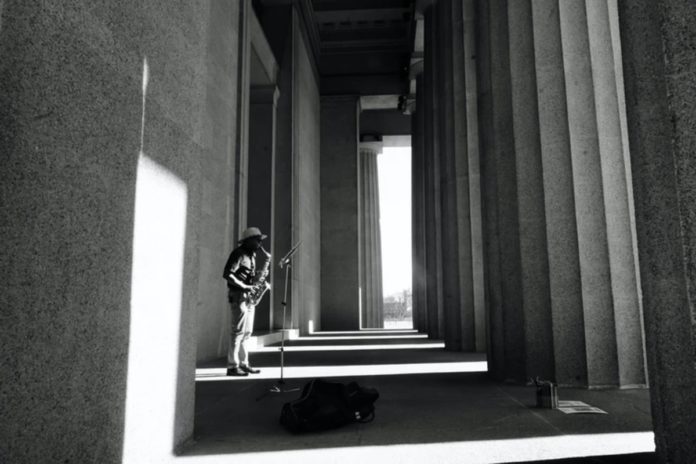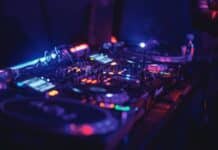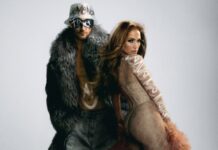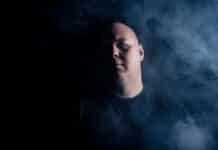
If you paint the jazz, life-asserting reality in black and white shades – a contrast without halftones, but with longing – you should get something in the noir style: a smoky bar, dark and cramped, bourbon with ice, at the next table a detective interrogates a tired waitress about the murder, what happened last night in live casino Canada, and outside the bar, it was chilly and rainy.
This is approximately how dark jazz should sound – lost between two twin mountains – calm, gloomy, and alarming.
Dark jazz has been known as a genre since the 90s, but it is still quite underground, rare and experimental. A rhythm section, bass, solo instrument – saxophone, trumpet, electronic component are interwoven into the musical canvas. Slowly and thoroughly, dark jazz plunges the listener into a state of either light sadness and nostalgia or anxiety and loneliness.
Bohren & der Club of Gore:
Oddly enough, all members of the group before its founding in 1992 were in hardcore bands. Their band, which they describe as “ambient from a creepy mixture of slow jazz ballads, Black Sabbath doom, and Autopsy slow motion”, was born out of a joke – if they can’t play faster than everyone else, they will play the slowest. And they succeeded quite well.
The Kilimanjaro Darkjazz Ensemble:
The ensemble has worked on soundtracks for old silent films by Friedrich Murnau and Fritz Lang, like Nosferatu and Metropolis, psychedelic animations by Jan Schwankmeier and the Quay brothers, which left its mark on music – or rather, it was music that left its mark on the atmosphere films and animation. The sound, viscous, at times frightening, tending to trip-hop and experimental, is exemplary for the dark jazz genre – here there is noir, and uncertainty, and nostalgia, and chthonic horror.
Somewhere off Jazz Street:
The twilight of dark jazz here sounds in the frame of the piano – Somewhere off Jazz Street is a group of one musician named Baz. Thanks to the opportunities open to musicians at present, it is no longer surprising that one person records both the piano and the saxophone part with the help of keyboards, but this has never happened before – that one person was a jazz ensemble.









